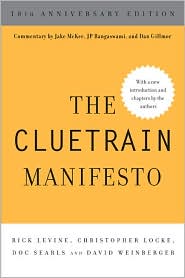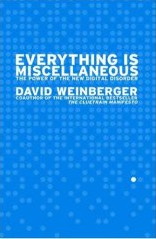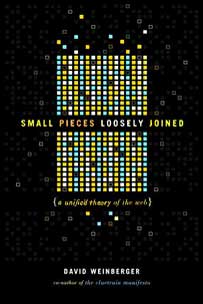June 2, 2011
[lodlam] The rise of Linked Open Data
At the Linked Open Data in Libraries, Archives and Museums conf [LODLAM], Jonathan Rees casually offered what I thought was useful a distinction. (Also note that I am certainly getting this a little wrong, and could possibly be getting it entirely wrong.)
Background: RDF is the basic format of data in the Semantic Web and LOD; it consists of statements of the form “A is in some relation to B.”
My paraphrase: Before LOD, we were trying to build knowledge representations of the various realms of the world. Therefore, it was important that the RDF triples expressed were true statements about the world. In LOD, triples are taken as a way of expressing data; take your internal data, make it accessible as RDF, and let it go into the wild…or, more exactly, into the commons. You’re not trying to represent the world; you’re just trying to represent your data so that it can be reused. It’s a subtle but big difference.
I also like John Wilbanks‘ provocative tweet-length explanation of LOD: “Linked open data is duct tape that some people mistake for infrastructure. Duct tape is awesome.”
Finally, it’s pretty awesome to be at a techie conference where about half the participants are women.








